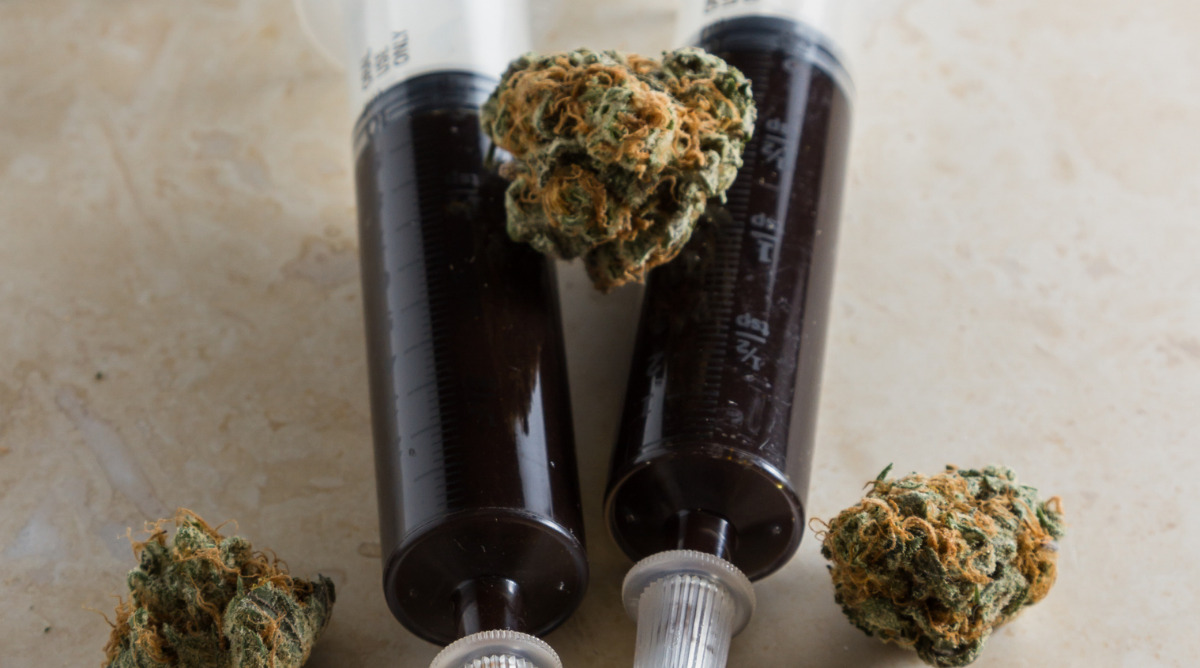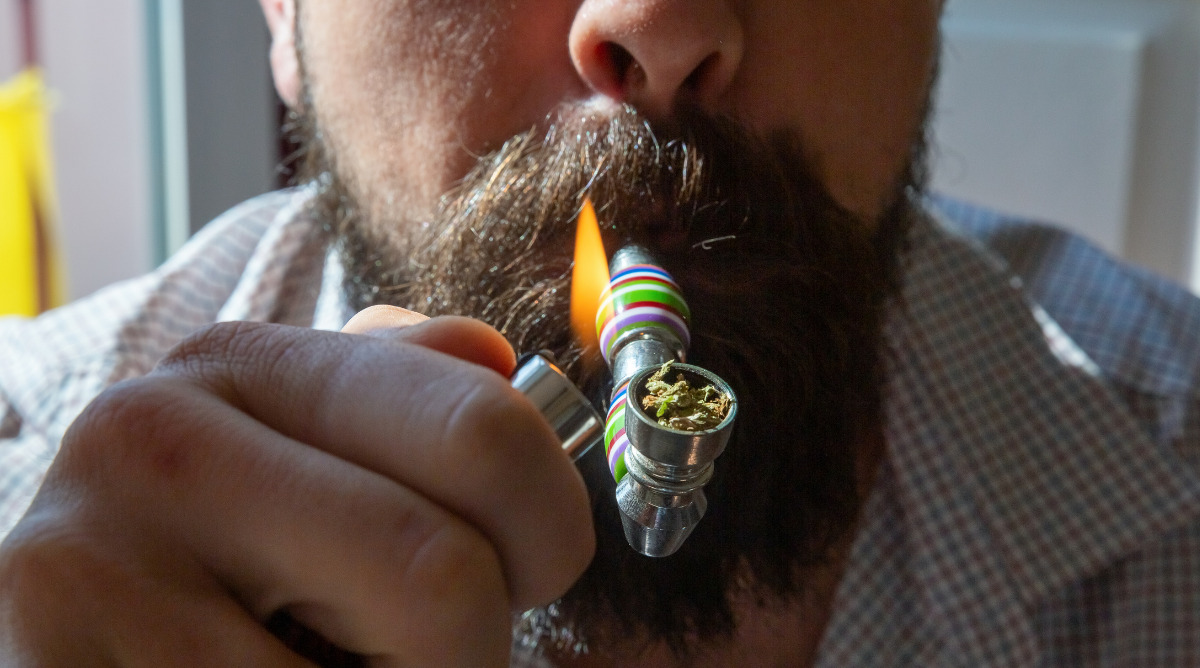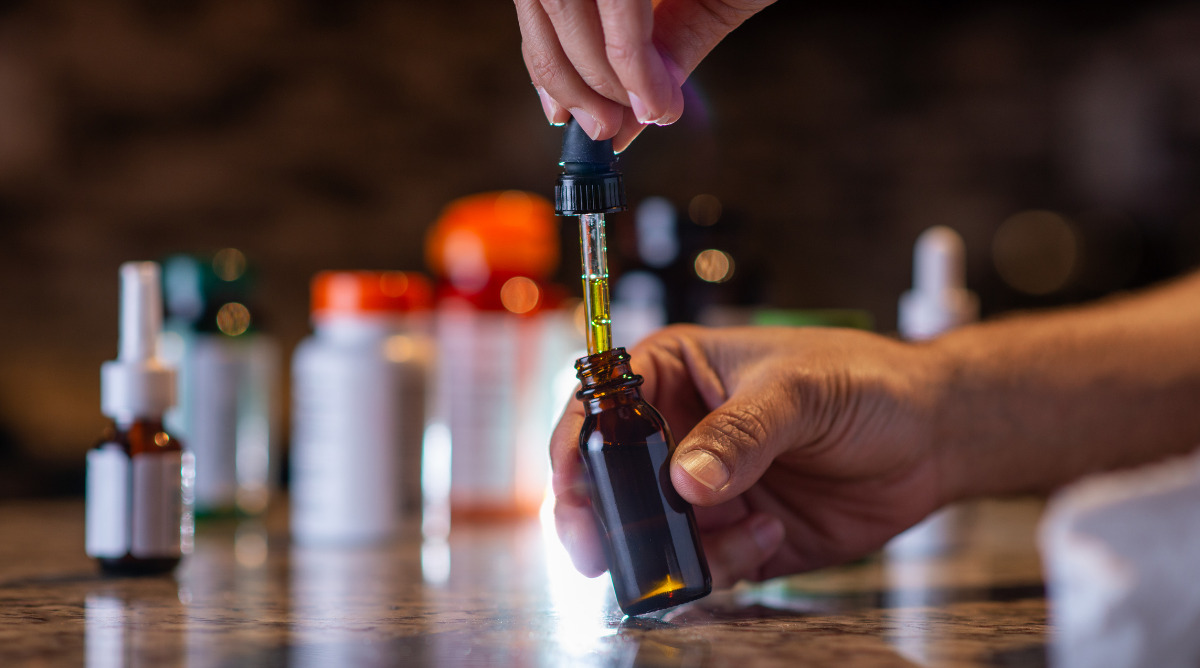
Have you seen “The Matrix Resurrections” movie yet? No spoilers if you haven’t. But it definitely was mind-bending and trippy. Depending on the strain of cannabis you consume, your experience could be similar to the Matrix’ blue pill, with a contented ambivalence and status quo mindset. That would probably be an Indica. Or the red pill, which would be a woke and alert state of being. Hello Sativa or THC-O, if legal weed is not available in your state.
There are new hybrid strains being developed every year. The best estimate hovers at about 730 types in 2021. But beyond strains, there are different types of organic, semi-synthetic, and synthetic types of THC analogs emerging. And some of them may offer a psychedelic experience.
California is one jurisdiction where you can find THC-0 or THC-O-acetate. It is a synthetically developed form of THC. And compared to traditional semi-synthetic Delta THC products (like Delta-8 or Delta-10), it can be more than three times the potency.
People who live in jurisdictions with restricted cannabis access often choose Delta-THC products. They are the next best thing. But semi-synthetic Delta-8 and Delta-10 THC vapes, moon rocks, or edibles are not as strong as most strains of cannabis. And they dissipate (or wear off) faster for many people.
Delta-THC products are easy to find because most states have legalized them. It can also be more affordable compared to dispensary-sold cannabis products. The psychoactive effects of Delta-THC are mild. But THC-O may be the tremendous synthetic equalizer, and bridge that gap.

There is organic or natural THC that occurs in cannabis flower. But THC-O isn’t a naturally occuring substance. The THC-O acetate, chemistry speaking, is a twin to THC. It is still a cannabinoid, but it takes a multiple-step process to create from hemp.
There is only one-way THC-O can be legal in jurisdictions where cannabis is not legalized (for medical or recreational use). And that is to derive it from hemp. Remember that the 2018 Farm Bill passed by Former President Donald Trump legalized THC of 0.30% derived from hemp. That led to a surge in Delta-THC products, and now, THC-O as semi-synthetic and synthetic options.
The process of creating THC-O requires some chemist level skills and laboratory equipment to complete the following steps:
The extraction and synthetic processing increases the THC potency. And with an increase in potency also comes stronger psychoactive effects. So when you hear about certain types of THC that can stimulate psychedelic responses, THC-O has that potential. At a fraction of the cost of high-potency Delta-9 THC (marijuana) or semi-synthetic derivatives like D-10 or D-8.

Why would you consider using a semi-synthetic or synthetic THC product when you can get conventional marijuana at your local dispensary? There are three main advantages you should know about if you have considered trying THC-O.
There are many patients that live in areas with either a very restrictive medical marijuana program or no legal access at all—people who are living with debilitating chronic diseases and symptoms that disrupt daily life.
The popularity of semisynthetic and synthetic THC products like Delta-8 or THC-O is mostly about accessibility. It remains, in most states, a legal option for people who want to use it therapeutically. Or recreationally. But for people who have chronic pain, some of the alternative THC options are not strong or potent enough. However, THC-O may solve that problem with 3X the potency of Delta-9 (marijuana) and 5x the potency of Delta-8 THC.
The high potency and chemical structure of THC-O means a ‘higher’ probability of psychedelic effects. Beyond recreational use, this could be effective for medicinal purposes. Particularly for people who suffer from severe conditions like post-traumatic stress disorder, obsessive-compulsive disorders, treatment-resistant depression, and more.
Ketamine and psilocybin (magic mushrooms) are legal for doctor-supervised mental health treatments. However, those treatments can also be expensive when conducted in a clinical setting. The use of THC-O and the potential for a psychedelic response should first be discussed with a physician if you have schizophrenia or other mental health disorders.
Over time, clinical studies suggest that people who use cannabis for medicinal reasons can develop a tolerance. That is why starting with lower-potency cannabis should be part of your treatment plan because you will be able to slowly increase the potency level of the cannabis you use for symptom management.
But THC-O is not affected by tolerance to conventional cannabinoids. It is a synthetic THC, and while it binds to the CB1 and CB2 receptors the same way, the body processes it differently. Patients who have developed a tolerance to medical marijuana, or Delta-8 THC, may find more relief using THC-O for pain and symptom relief. However, there are no long-term human studies about the use of synthetic THC on a regular basis. And there is not enough evidence to determine if it is a safe choice for patients in terms of daily use.

Some states have banned all synthetic and semi-synthetic alternative THC products. As of August 2021, 18 states prohibited the sale, purchase, or possession of alternative THC.
There is an ongoing legal battle to prevent a ban of semi-synthetic and synthetic THC products in Texas. But they remain (at the time of writing) legal. States where you cannot buy Delta-8, Delta-10, or THC-O vape, edibles, resins for dabbing, tinctures, or moon rocks include:
In all other states, Delta-THC and THC-O products can be purchased online and shipped directly to your home. Proof of age of majority is required for online purchases. And given the federal legal status of these products under the 2018 Farm Act, they are not illegal to ship via courier or USPS.
No Information on MarijuanaDoctors.Com should be used to diagnose, treat, prevent or cure any disease or condition. You can view our Full Disclaimer here.